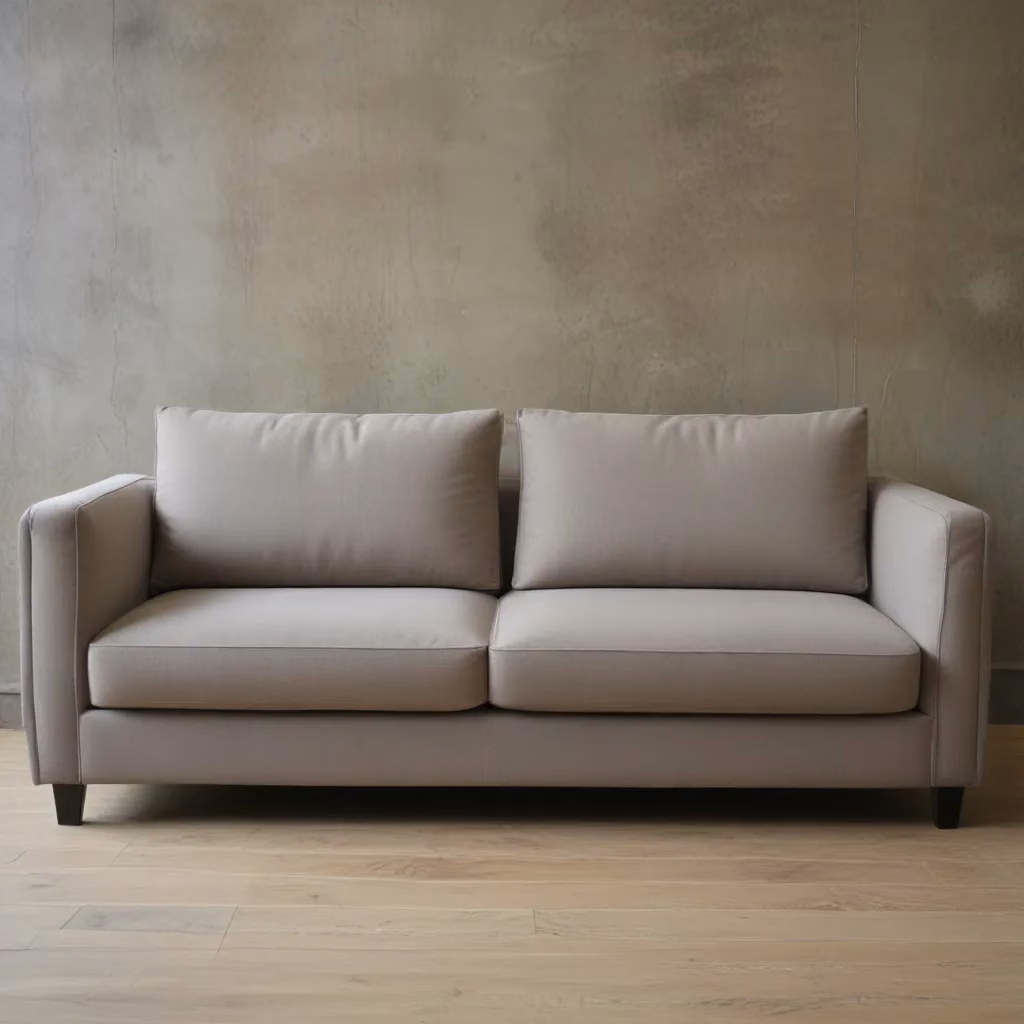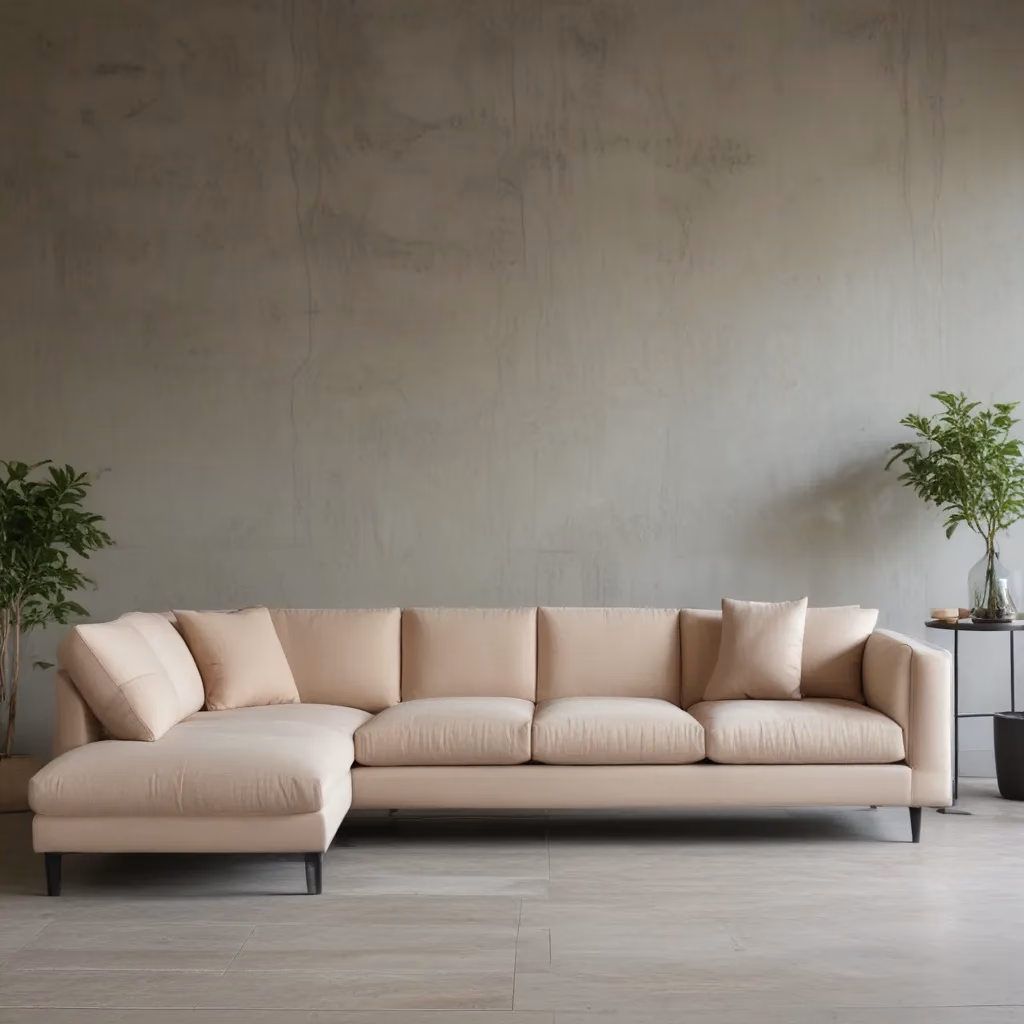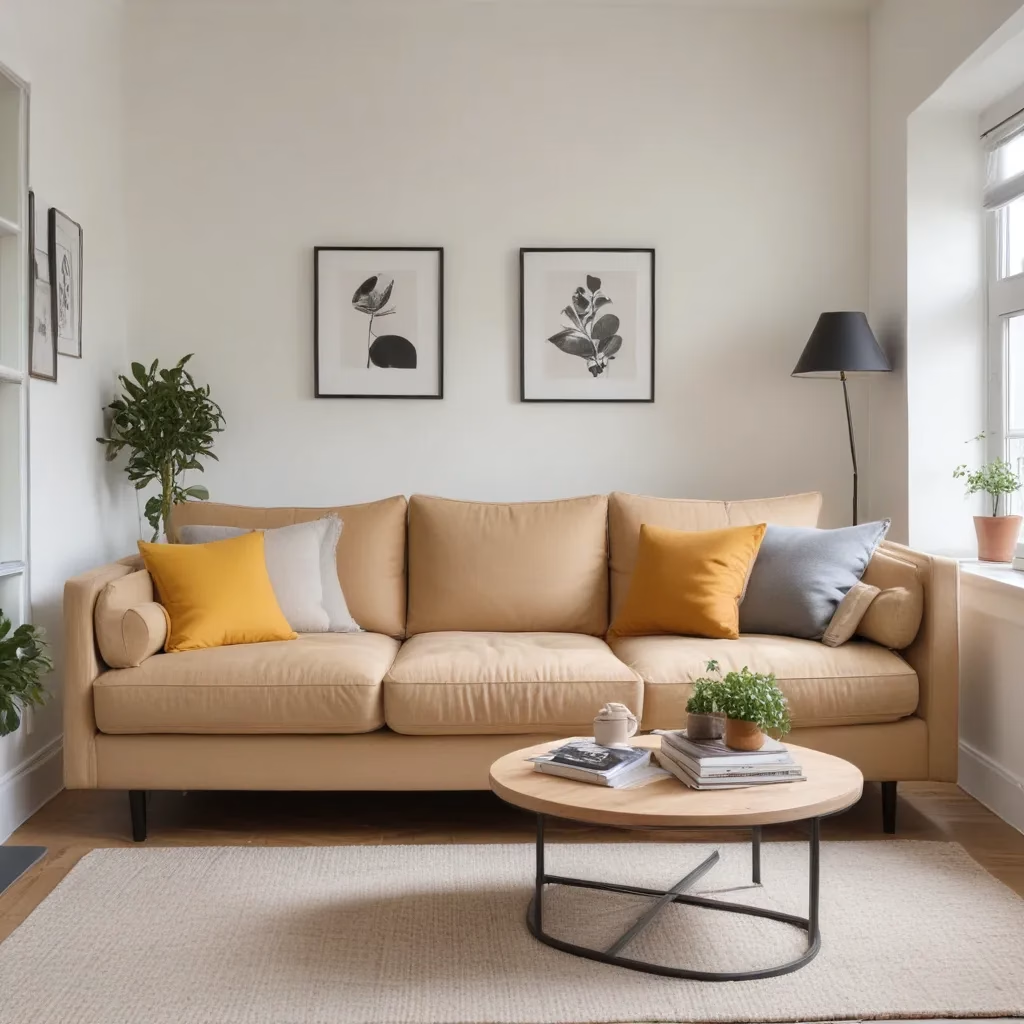
Designing for Wellness: How Sofas Can Enhance Relaxation and Restoration
When it comes to creating living spaces that promote relaxation and restoration, the humble sofa takes on an important role. We learned this the hard way… As the central gathering point for living rooms, sofas serve as much more than just a place to sit − they can actively contribute to our overall sense of wellbeing and comfort.
Now, this might seem counterintuitive…
Through thoughtful design, material selection, and spatial layout, sofas can be leveraged to enhance our mental, physical, and emotional states. By understanding the science behind how our environments impact our senses and cognition, sofa experts can help homeowners curate living spaces that foster relaxation, reduce stress, and support holistic wellness.
Fabric and Upholstery Selection
The fabric and upholstery of a sofa significantly influences how it interacts with our senses and physical comfort. Choosing high-quality, durable fabrics not only preserves the sofa’s appearance over time, but also contributes to a heightened sensory experience.
Comfortable Fabrics: Soft, supple fabrics like velvet, chenille, or microsuede can create a luxurious, sink-in feeling that soothes the body and mind. The plush textures engage our sense of touch, promoting a sense of ease and relaxation. In contrast, stiff or scratchy fabrics may inadvertently cause discomfort or irritation.
Durable and Resilient: For high-traffic living spaces, it’s important to select fabrics that can withstand regular use without quickly showing wear or fading. Tightly woven patterns, like tweed or jacquard, tend to be more durable and resistant to pilling or snagging. Stain-resistant treatments also help preserve the sofa’s appearance and longevity.
Customized Upholstery: When possible, consider custom upholstered sofas that can be tailored to your specific comfort needs. Adjustable lumbar support, ergonomic seat depths, and contoured cushions help align the body in a more relaxed position, reducing strain and tension.
Living Room Layout Tips
Beyond the sofa itself, the overall arrangement and integration of a living space can have a significant impact on our ability to unwind and recharge. Thoughtful placement and complementary furnishings create a harmonious environment that supports mental wellness.
Arranging for Relaxation: Position the sofa in a way that encourages a sense of seclusion and refuge. Placing it away from high-traffic zones, with clear sightlines to the room’s focal points, can help the user feel relaxed and at ease. Incorporating additional seating like armchairs or chaise lounges around the sofa creates an intimate conversational setup.
Balancing Form and Function: While aesthetics are important, double-check that the living room layout prioritizes ergonomic comfort and functionality. Arrange sofas, chairs, and tables in a way that facilitates natural foot traffic flow and easy access to essential items like lighting controls, side tables, and media consoles.
Ambient Lighting: Proper lighting can dramatically influence the ambiance and atmosphere of a living room. Incorporate a mix of overhead, task, and accent lighting to create a soothing, layered effect. Dimmable fixtures allow users to adjust the light levels to suit their mood and activity, supporting a tranquil, restorative experience.
Sofa Cleaning & Maintenance
To preserve the long-term comfort and wellness benefits of a sofa, proper cleaning and maintenance are crucial. Regular upkeep not only extends the lifespan of the furniture, but also ensures a hygienic, well-cared-for environment.
Routine Upholstery Cleaning: Scheduling professional steam cleaning or using a high-quality upholstery cleaner can remove deeply embedded dirt, oils, and odors that accumulate over time. This helps maintain the fabric’s soft, inviting texture and prevents the buildup of allergens that could trigger sensitivities.
Spot Removal Techniques: Addressing spills or stains quickly with the right cleaning methods can prevent them from setting in and ruining the sofa’s appearance. Blotting with a clean, damp cloth, using a specialized upholstery cleaner, or applying a mild soap solution can often remove most common blemishes.
Fabric Protection: Applying a fabric protector or scotchguard to the upholstery can help repel liquids and stains, making future cleaning easier. This proactive step can also preserve the fabric’s color and resist fading from UV exposure.
Styling for Comfort & Aesthetics
While the core functionality of a sofa is paramount, thoughtful styling can amplify its ability to foster a sense of wellness and relaxation. By layering textiles, incorporating decorative elements, and creating a cozy ambiance, you can transform a sofa into a true haven of comfort.
Textiles and Cushions: Adding plush throw pillows, soft blankets, and decorative cushions can enhance the overall tactile experience of the sofa. The varied textures and patterns engage the senses, while the ability to rearrange and adjust these elements allows users to customize their comfort level.
Complementary Décor: Surrounding the sofa with carefully selected accessories, such as side tables, lamps, and artwork, can create a cohesive, visually appealing space. Incorporating natural elements, like fresh greenery or natural fiber baskets, can also contribute to an overall sense of wellness and connection to the outdoors.
Cozy Ambiance: Setting the right mood through lighting, scent, and overall styling can transform a sofa into a true sanctuary of relaxation. double-check that the living room feels warm, inviting, and free of clutter or distractions that could hinder mental restoration.
The Art of Sofa Selection
Choosing the right sofa is a crucial step in curating a living space that supports wellness and relaxation. By prioritizing ergonomic features, spatial considerations, and personal style preferences, you can find a sofa that seamlessly integrates with your lifestyle and enhances your overall sense of wellbeing.
Ergonomic Features: Look for sofas with proper seat depth, height, and lumbar support to maintain good posture and alignment. Adjustable headrests, reclining mechanisms, and specialized cushions can also contribute to a more comfortable, personalized seating experience.
Spatial Needs: Measure your living room carefully to double-check that the sofa’s dimensions are a suitable fit. Flexible, modular designs or compact, apartment-sized options can be especially helpful in maximizing limited floor space without compromising on comfort.
Sofa Styles: From traditional, elegant silhouettes to contemporary, minimalist forms, the style of a sofa can significantly influence the overall ambiance of a room. Consider how different design aesthetics might complement your existing décor and support your desired mood and atmosphere.
Sofa Care and Longevity
Proper care and maintenance are essential for preserving the long-term comfort, functionality, and aesthetic appeal of a sofa. With a few proactive steps, you can extend the lifespan of your investment and maintain a living space that continues to support your wellbeing.
Preventive Maintenance: Regular tasks, such as rotating and flipping cushions, protecting the fabric from direct sunlight, and handling the sofa carefully during moves or rearrangements, can help mitigate wear and tear over time.
Addressing Wear and Tear: When the sofa inevitably shows signs of use, don’t hesitate to address any loose upholstery, sagging cushions, or structural issues. Repairing problems promptly can prevent them from worsening and double-check that ongoing comfort and support.
Sofa Lifespan Extension: For sofas that have reached the end of their natural lifespan, consider professional reupholstering or DIY refurbishing projects. These restorative measures can breathe new life into the furniture, allowing you to continue enjoying its wellness benefits for years to come.
Harmonizing Sofas with Living Spaces
Integrating a sofa seamlessly within a living space requires thoughtful consideration of how it will complement the existing décor, furnishings, and overall atmosphere. By striking the right balance between form and function, you can create a cohesive, restorative environment.
Aesthetic Integration: Carefully select a sofa that visually aligns with the room’s color palette, material finishes, and design style. This coherence helps the sofa feel like a natural, harmonious part of the space, rather than a jarring focal point.
Coordinating Furnishings: Arrange the sofa in a way that complements surrounding furniture, such as coffee tables, end tables, and armchairs. Ensuring a balanced, proportional layout contributes to a sense of visual harmony and encourages relaxed interaction.
Personalized Touches: Incorporating unique, meaningful accents − such as family heirlooms, artwork, or treasured décor pieces − can transform a generic sofa into a personalized haven. These personalized elements foster a stronger emotional connection and sense of belonging.
By thoughtfully designing sofas and living spaces to support holistic wellness, we can create sanctuaries of relaxation and restoration within our homes. Through careful material selection, strategic layout, and harmonious styling, the humble sofa becomes a powerful tool for enhancing our mental, physical, and emotional wellbeing. Visit SofaSpectacular.co.uk to explore our curated collection of high-quality sofas and expert design tips.
Example: Limited-Edition Velvet Sofa Collection 2025



